WHAT IS A NEBULA?
A nebula is a giant cloud of dust and gas in space. Some nebulae come from a gas and dust ejected by the explosion of dying star, such as a supernova. Other nebulae are regions where new stars begin to from. For this reason, some nebulae are called "star nurseries".
HOW DO STARS FROM IN A NEBULA?
Nebulae are made of dust and gases. The dust and gases in a nebula are widely dispersed, but gravity can begin to pull together groups odf dust and gas. As these groups get bigger and bigger, their gravitational pull gets stronger and stronger.
Eventually, the group of dust and gases becomes so large that it collapses under its own gravity. The collapse causes the material in the center of the cloud to heat up, and this hot core is the beginning of a star.
NG2327
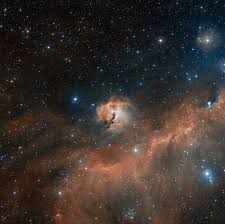
This is its energy spectrum from JS9 with its most importants energy peaks.
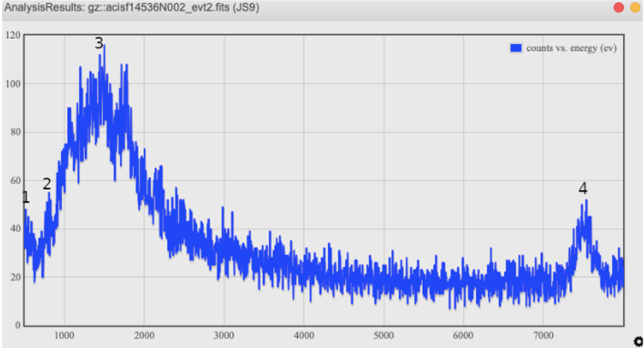
Then, I have calculated each peak's percentatge and find out which elements they contain.
I have used this formula:

-PEAK 1: 3158 mm2/ 94491 mm2 · 100 = 3,34 % (O) Oxygen
-PEAK 2: 3624 mm2/ 94491 mm2 · 100 = 3,83 % (O) Oxygen
-PEAK 3: 12730 mm2 / 94491 mm2 · 100 = 13,47 % (H) Hydrogen
-PEAK 4: 5775 mm2 / 94491 mm2 · 100 = 6, 11% (Ge) Germanium
TOTAL AREA: 94491 mm2
(O) Oxygen: 7,17 %
(H) Hydrogen: 13,47 %
(Ge) Germanium: 6,11 %
With the help of this website I was able to find out what element each peak corresponds to:
http://hyperphysics.phy-astr.gsu.edu/hbase/hyde.html#c4
OXYGEN
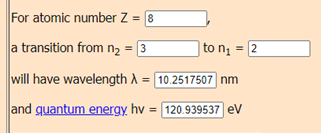
HYDROGEN
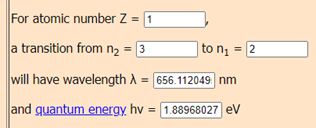
GERMANIUM
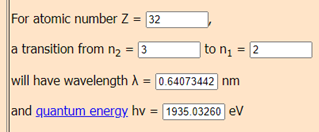
I have assumed that these peaks are the elements that I have indicated, but it may be that they aren't these and that it is incorrect because, in this case, the electrons jump from layer 3 to layer 2 and this means that the temperature has to be similar environmental, and therefore is low. But if we increase the layers, the electron volts go up, and for this reason it may be that my analysis is incorrect.
I compare my spectrum and results with others professional astronomers:
Authors: Webster, A.
- My results with those of other scientists agree that this stellar object is made of hydrogen and oxygen but not of germanium.
- In addition, I have found that this nebula is also formed by germanium. I have tried searching more scientific articles on google scholar to see if it, actually, contains these elements, but I have not found any more elements that constitute this nebula.
I have opted to put these elements. Probably the one that is wrong is me, as they are scientists and have studied this before giving the result.